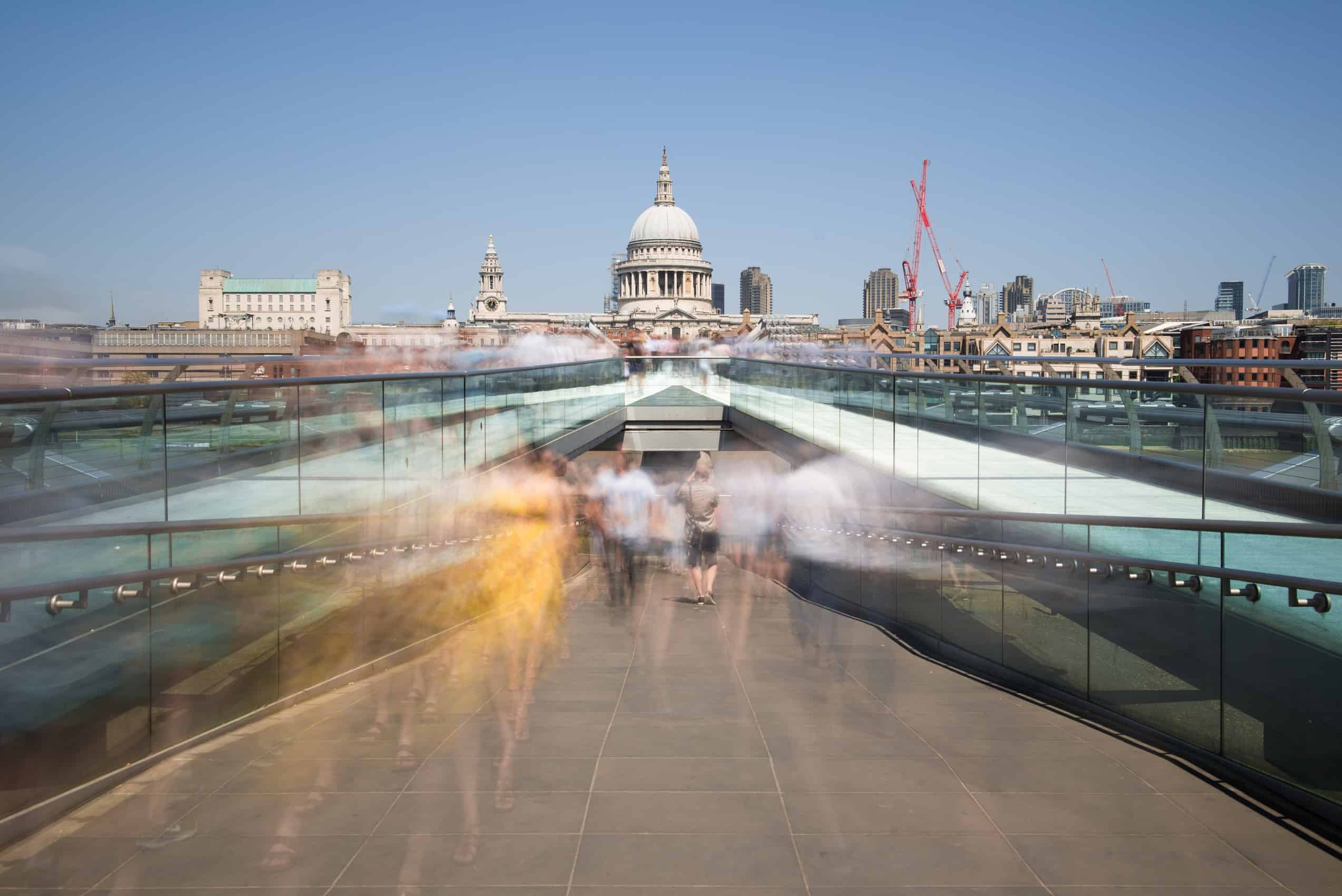London is nearly 2,000 years old. With such an extensive history, it's not surprising that it has been the epicenter of one of the largest empires in the world.
Throughout history, the British capital has attracted a number of different cultures and influences, but none more than Christianity. Today, London is a city of many faiths, but its history-filled churches are something visitors of all faiths and cultures can enjoy.
Westminster Abbey
 Manuele Sangalli
Manuele Sangalli
 Photo by Jenny Marvin
Photo by Jenny Marvin
Among the many religious sites in London, Westminster Abbey is undoubtedly the most popular. It plays a significant role in regular worship and ceremonial events. From the birth, death and marriage of kings and queens to every coronation since 1066, Westminster Abbey is threaded into the fabric of British history. What's more, it is also the final resting place of many famous poets, scientists, musicians, artists and authors.
Originally built as Edward's Abbey and then rebuilt in the 13th century, additions have been made to Westminster Abbey that make it what it is today. The primary structure is an early example of Gothic Revival architecture constructed of Portland stone.
As London's most famous place of worship, The Abbey crowds with tourists during the day. Travellers will want to visit early to relish in its full splendor.
St. Paul's Cathedral
 Dave Reed
Dave Reed
The dome of St. Paul's Cathedral has been an iconic fixture in the London skyline for over 300 years. It's one of the many beautiful churches designed by Sir Christopher Wren, and easily his most famous work. (It also serves as his final resting place.)
Located near the River Thames in medieval London's Ludgate Hill, St. Paul's Cathedral was built between 1675 and 1710 in the English Baroque architectural style. It has been invaded, burnt and bombed, and yet it still stands proud.
Inside, climb to the Whispering Gallery, where you'll want to watch what - or who - you're talking about. Voices bounce off the walls, and even whispers are audible across the dome. Before you leave, climb to the top of the dome for a panoramic view of London.
St. Mary Woolnoth
 Flickr/Peter2010 (CCby2.0)
Flickr/Peter2010 (CCby2.0)
There are a lot of churches dedicated to St. Mary in London, but St. Mary Woolnoth is an especially fine example. It is an Anglican church located on the corner of Lombard Street and King William Street. The site of St. Mary Woolnoth has been used as a place of worship for more than 2,000 years, with traces of Roman and Pagan structures discovered in its foundations.
The original church was built by Anglo-Saxons in 1191. It was dedicated to both Saint Mary and the churches' benefactor: Wulnoth de Walebrok. Eventually, the Anglo-Saxon structure was demolished in 1711 after being deemed unsafe and it was replaced by the current English Baroque-style buildings designed by Nicholas Hawksmoor. It reopened on Easter Day 1727.
Although it looks small, the interior is surprisingly spacious with the focus dominated by a Baroque baldaquin that was modeled after the Bernini in St. Peter's Basilica in Rome.
Southwark Cathedral
 Flickr/Ștefan Jurcă (CCby2.0)
Flickr/Ștefan Jurcă (CCby2.0)
 Flickr/Dom Crossley (CCbyND2.0)
Flickr/Dom Crossley (CCbyND2.0)
Southwark Cathedral is one of the oldest places of worship in London, with roots dating back 1,000 years. It's the oldest church building in London, although it wasn't designated a cathedral until 1905. The present building dates back to the 15th century, although it was restored in the 19th century after falling into disrepair. However, visitors can still spot many of its old Gothic features. A wooden effigy of a knight sits inside the church and dates back to 1275. This relic serves as a tangible piece of history as much as the building itself.
Southwark Cathedral sits in the heart of London's Theater District. The church pays homage to Shakespeare and Chaucer, both who were said to have worshipped there.
Temple Church
 Flickr/Ungry Young Man (CCby2.0)
Flickr/Ungry Young Man (CCby2.0)
Temple Church was built in the late 12th century between Fleet Street and the River Thames. Notably, it serves as one of the last remaining Norman-style round churches in London. It was originally constructed as the headquarters for the English charter of the Knights Templar and served as the scene of historic negotiations.
After the abolition of the Knights Templar in the early 14th century, the Temple Church defaulted to the Crown and became famous for its effigy tombs. Things looked bleak for the Temple Church during the Second World War when it was badly damaged by air raids. It was later fervently repaired.
Inside, visitors can find an exhibit of photographs that detail the church's history and the reconstruction effort, including Queen Elizabeth II rededicating the church in 1958.
More London travel on Canadian Traveller:


